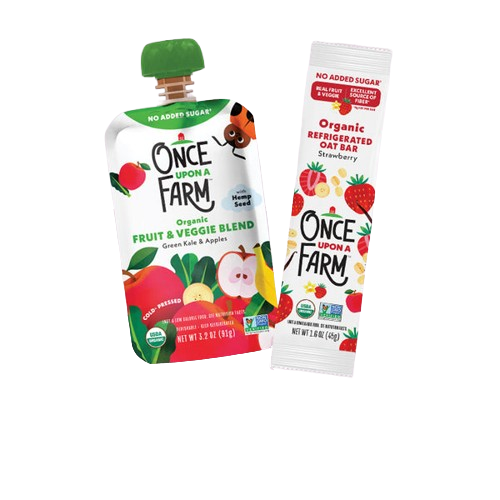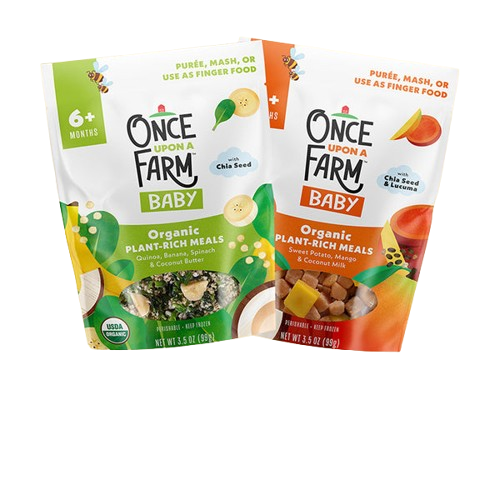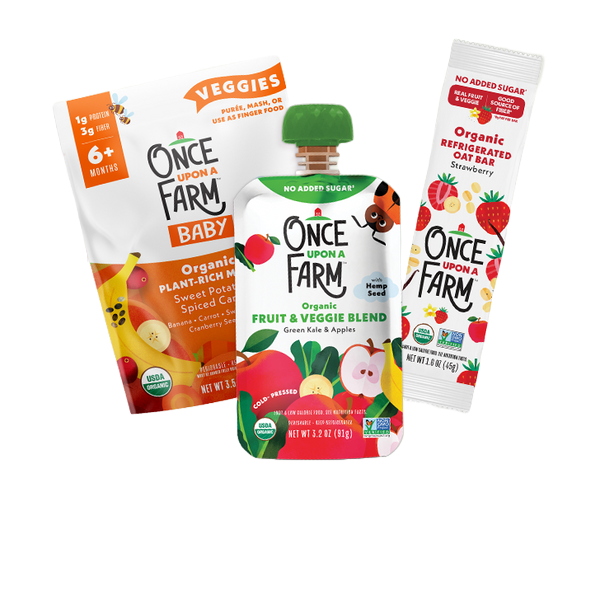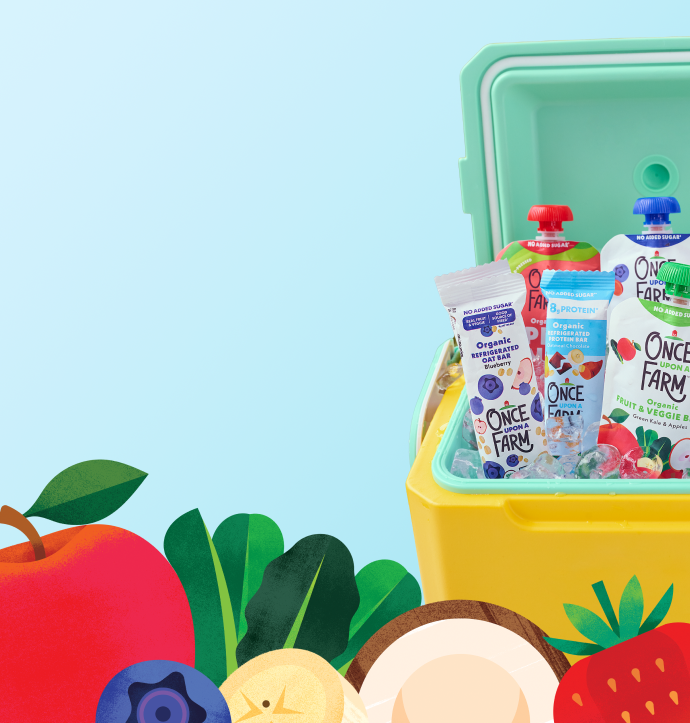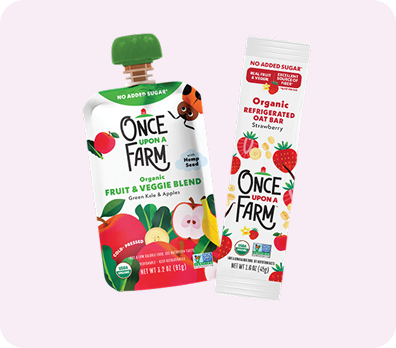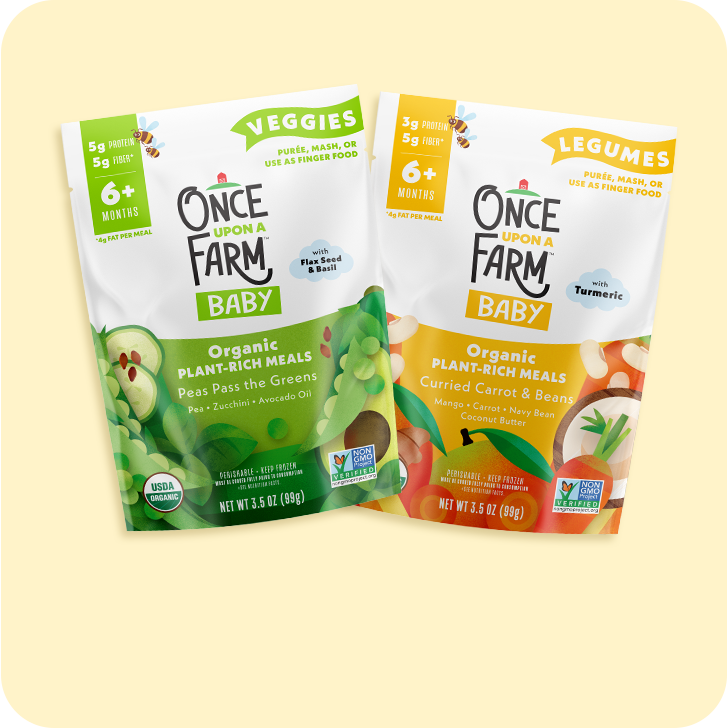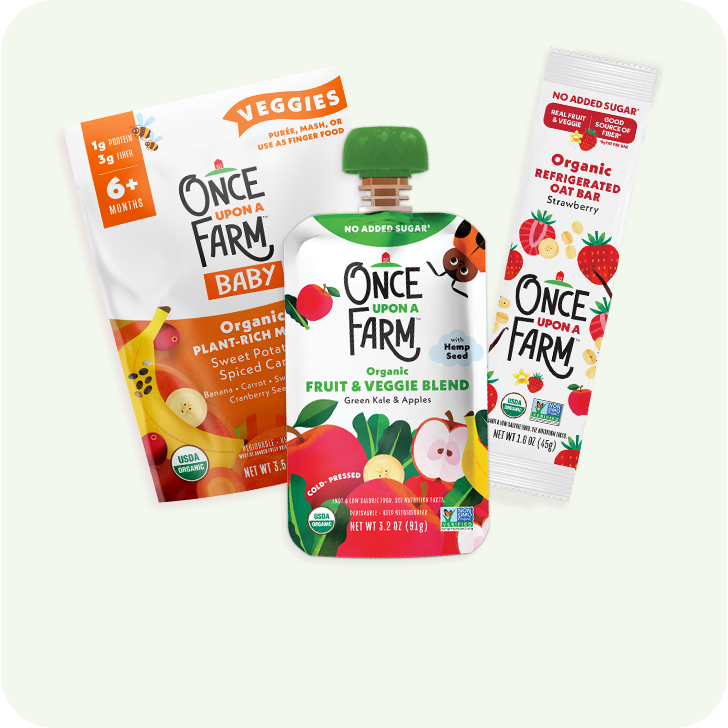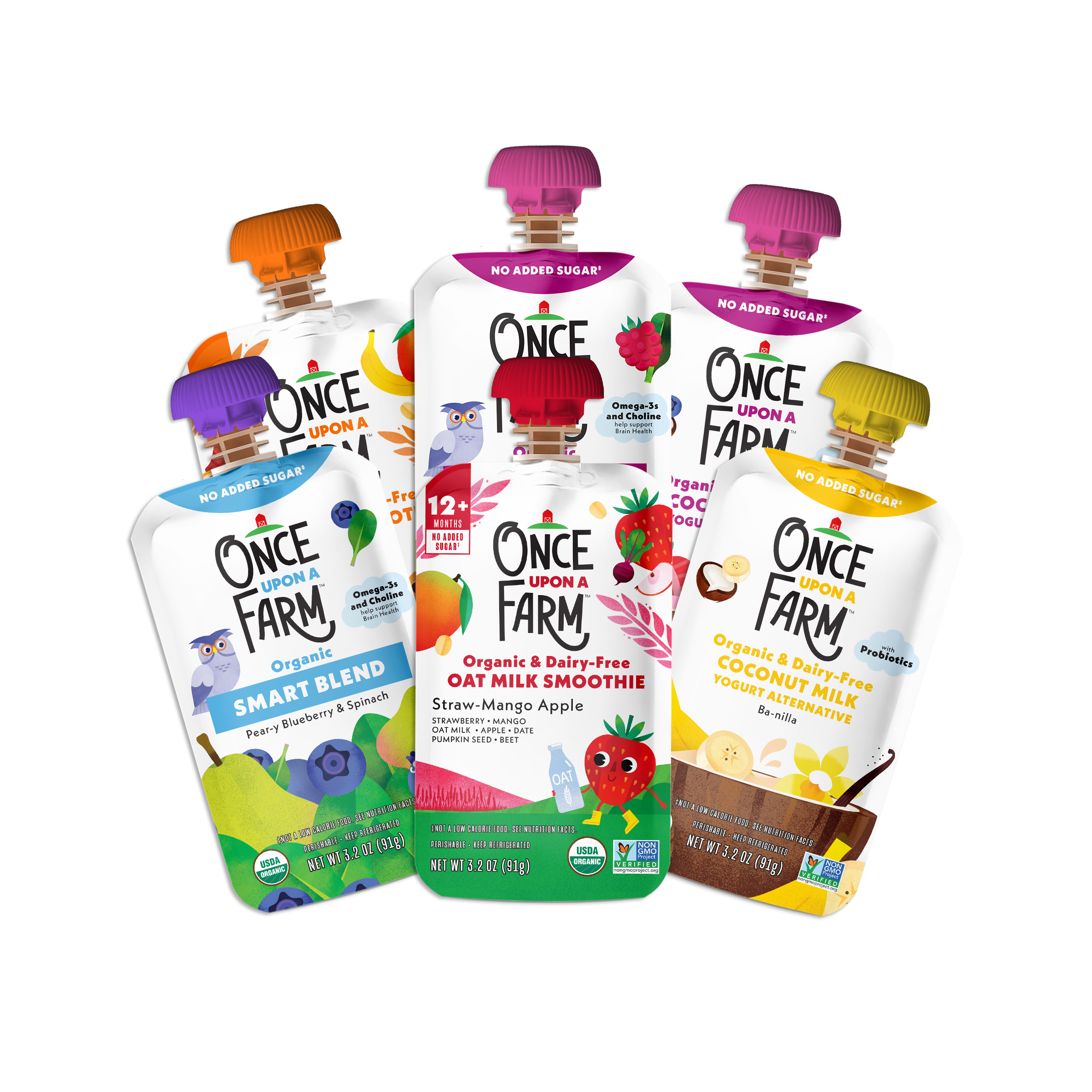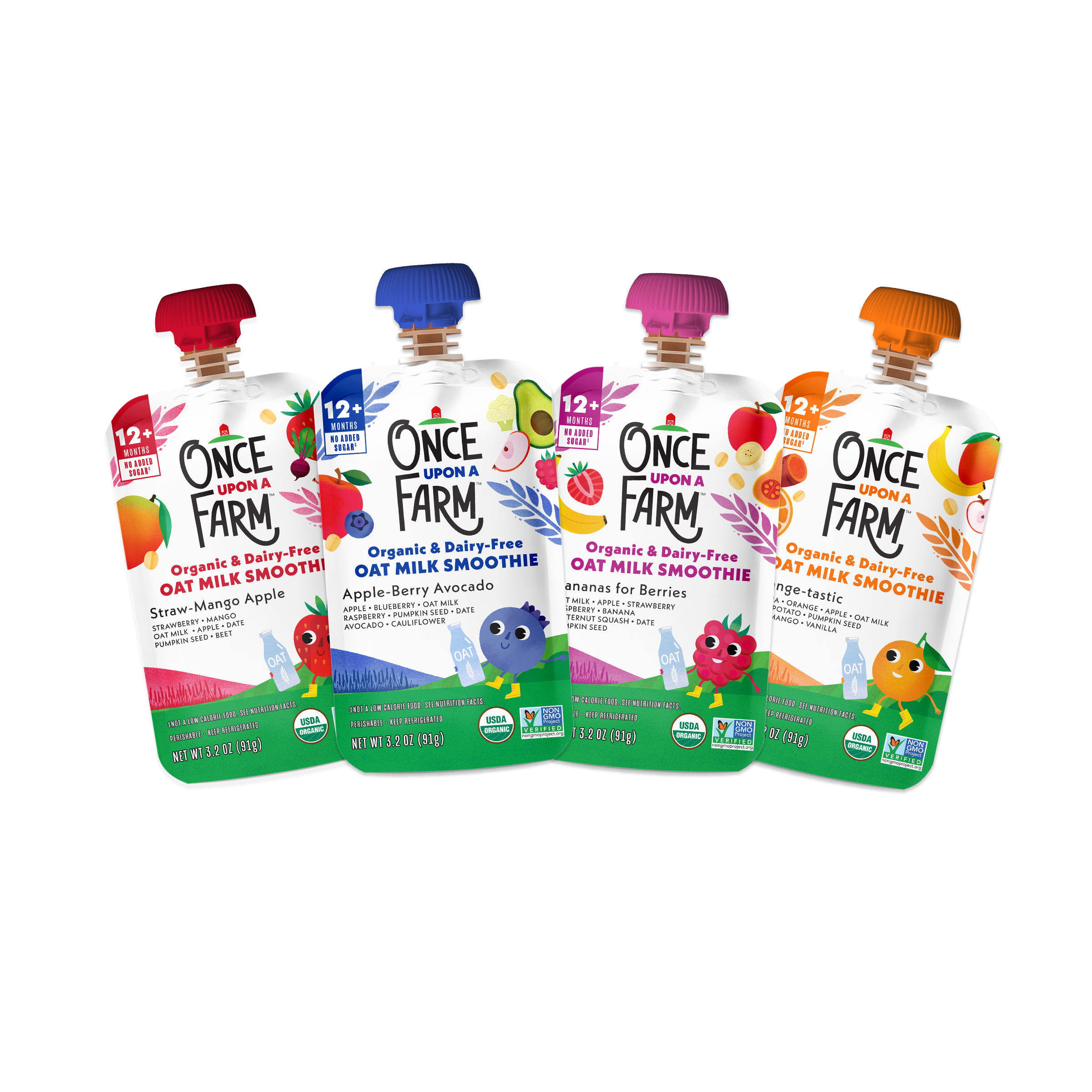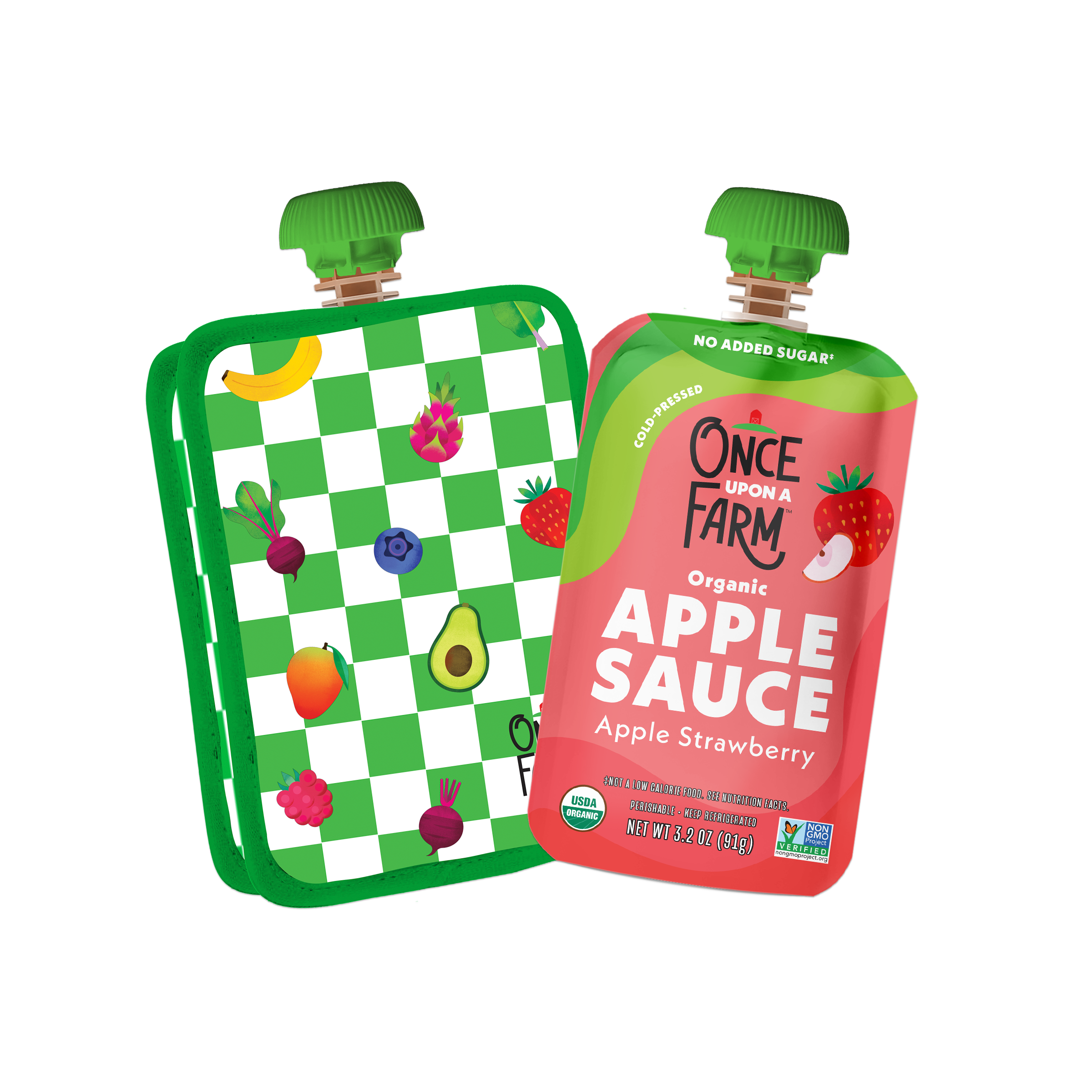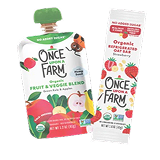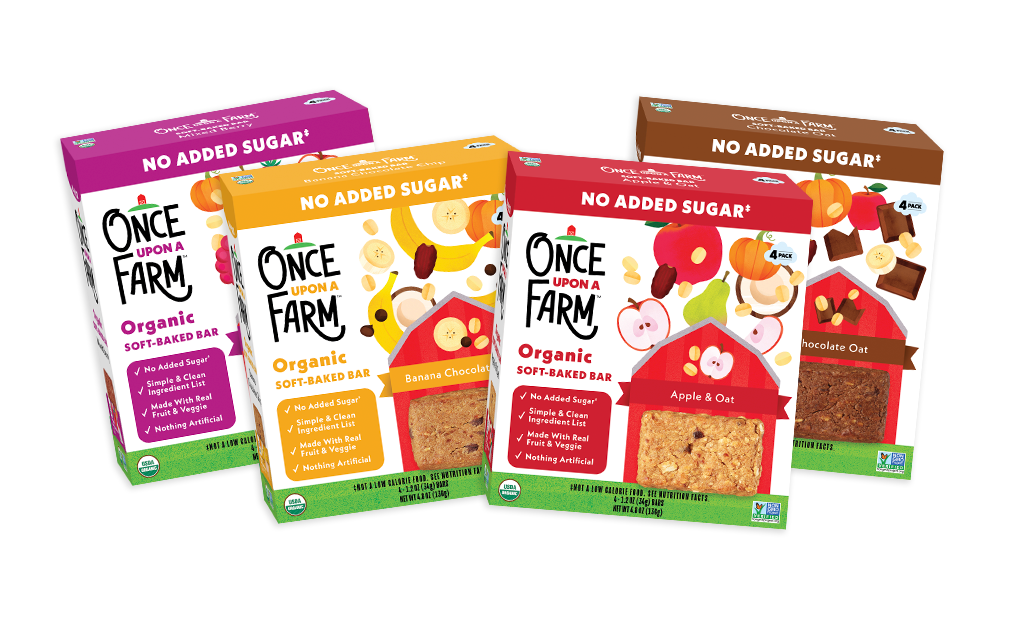Note: This blog is not medical advice and is for informational purposes only. For any specific nutrition recommendations or questions, please refer to your child’s pediatrician or healthcare provider.
As parents, the best kinds of snacks for kids are the ones you feel good about and they gobble up with glee. Yogurt is one such snack—easy, tasty, and nutritious. Plus, it’s a great way to include fruit, seeds, and other healthy bits in snack time.
With the rise in popularity of non-dairy yogurt (and milk) alternatives, we wondered which one is better for kids: regular or non-dairy yogurt? To get the answers, we asked Pediatric Registered Dietitian Nutritionist Kacie Barnes, MCN, RDN, LD. Spoiler alert: They’re both great!
Benefits of Dairy Yogurt
“Dairy is a powerhouse nutrition source!” Barnes says. Dairy yogurt contains two of the three macronutrients: protein and fat. “Protein is essential for muscle building and repair, and fat is crucial for central nervous system development in young kids, so it’s really important for those two things to feature regularly in their diets.” In addition to these macronutrients, she says, dairy is also full of key vitamins and minerals like vitamin D and calcium.
Potential Downsides of Dairy
Keep an eye on daily dairy intake, Barnes says. “Too much dairy can contribute to GI discomfort like bloating, gas, constipation, or even diarrhea.” Aim for about 2–3 servings per day (max 4), including yogurt, milk, and other dairy products. “This is also a good rule to follow to make sure they get nutritional variety, which is harder when they are eating a lot of just one food group.”
In terms of lactose intolerance, Barnes tells us, it is rare in young children, but not impossible. This is “not a protein allergy, but an intolerance to lactose, which is the sugar naturally found in milk.” It typically presents as digestive issues like diarrhea, gas, or bloating after eating dairy products. CMPA (cow’s milk protein allergy) can look like digestive problems, skin problems, respiratory problems, etc. Barnes advises parents to “seek help immediately if your child is exhibiting signs of an allergic reaction.”
Benefits of Non-Dairy Yogurt
“Dairy-free yogurt could be a great alternative to make sure kids are not overdoing it on cow’s milk,” Barnes shares. These products “can still be great tasting and fill the same category in the diet as dairy yogurts.” While not as high in protein, dairy-free yogurt can be a great source of dietary fats, fiber, and micronutrients.
Reading Non-Dairy Yogurt Labels
Just like you do with regular yogurt, Barnes says, “be mindful of the added sugar content in dairy-free yogurts—especially flavored varieties.” Once Upon a Farm is proof that you don’t need added sugar to make a great-tasting yogurt alternative! And remember, “dairy-free yogurts can also be made from lots of different items: soybeans, almonds, cashews, coconut, etc.” she reminds us, so be sure to read the ingredients list if you’re working with an allergy.
What’s Special About Coconut Milk?
We’ve chosen coconut milk for our spin on dairy-free yogurt for its incredible texture (whipped and fluffy—so dreamy!) as well as its nutritional benefits. “Coconut milk contains lots of nutritional powerhouses like antioxidants, easy-to-break-down medium chain fatty acids, vitamin C, iron, and electrolytes [like potassium and sodium], to name a few,” Barnes shares. And it tastes great, too—especially when paired with yummy, organic fruits like strawberries and bananas. Try our NEW Coconut Milk Yogurt Alternative, available at Sprouts stores and on our website.
Which to Choose?
If you’re not dealing with a dairy intolerance, the choice is yours: either dairy or non-dairy yogurt—or perhaps a mix! Both make for nutritious, delicious snack options for your kiddos (and yourself!).

